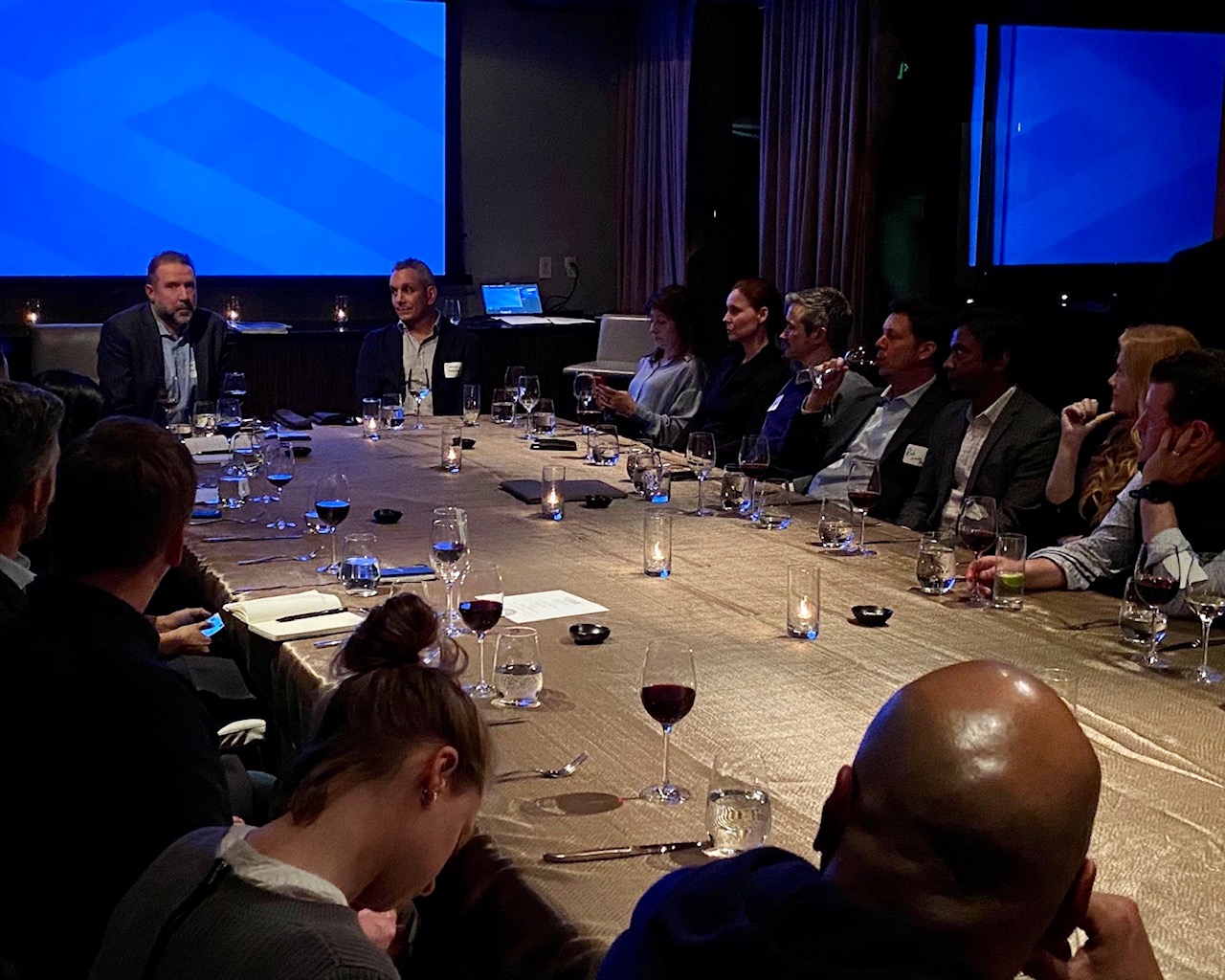A request by a customer for a Proof of Concept (POC) can strike fear into the heart of even the most seasoned go-to-market team at an enterprise technology startup.
The truth is, a POC—a trial period of your product with a potential enterprise customer—elongates the sales cycle, can be expensive, and doesn’t always lead to a final sale. Over 78% of the IT executives from the Global 2,000 companies we surveyed in our recent CIO Innovation Index said that less than half of the POCs they participate in result in production deployments.
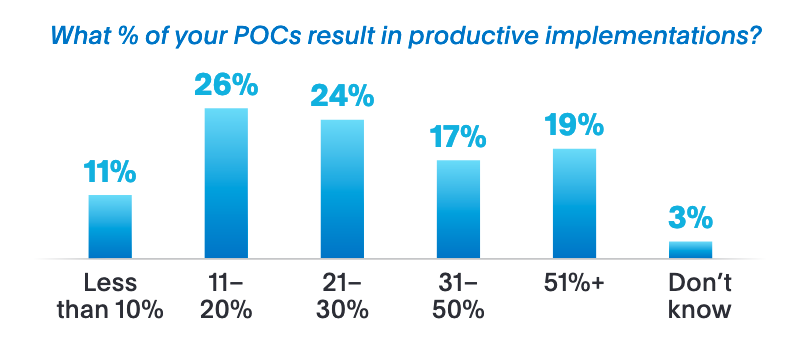
To make matters worse, a poorly executed POC can be the bane of a sales team—placing deals in purgatory and leaving leads in a state of indecision. Yet, if deployed correctly, these experiments can squash concerns enterprise buyers have about adopting new technology and getting deals over the finish line.
But it’s no simple feat. We recently hosted a Revenue Roundtable for over 25 of our portfolio CROs that featured Trevor Schulze, SVP and CIO of RingCentral and Seann Gardiner, SVP of Business Development at ThoughtSpot to discuss strategies to executing a successful POC. This piece outlines insights from that dinner and five essential steps to successfully execute a POC and set your sales team up for long-term success with enterprise customers.
1. Proceed with Caution
Not every enterprise sales cycle should utilize POCs; they should be leveraged judiciously. POCs have a high opportunity cost, meaning they take up time and resources your company could use to pursue other deals. If a POC doesn’t add significant new information to the buyer’s journey , then it’s most likely not worth the time or trouble. In those cases you should utilize demos, customer references, and system documentation in lieu of conducting a POC.
You should clearly identify with your sales teams when it’s appropriate to use a POC. For example, POCs can be a valuable sales tool if you have a blended GTM motion that caters not only to technical users but also to executive buyers and/or serves particular enterprise categories (e.g., cybersecurity, data and analytics). In scenarios where you are leading with an enterprise sales motion focused on c-level executives and targeting multi-year contracts the threshold for proving your product’s efficacy and value goes up. For example, DocuSign—a company with a successful inbound GTM channel, also built an enterprise sales team that strategically leveraged POCs to win large enterprise-wide six-figure contracts. POCs that have the right commitment and executive alignment are a valuable tool to validate your company’s point of view, elevate your product above the competitive noise, and position your solution from being labeled as a point solution to an enabler of digital transformation.
In this case, a POC can help sales teams achieve high-touch engagement with decision makers. Oftentimes enterprise buyers who are facing new technologies will be hesitant to take the plunge on a perceived unknown. In these situations, POCs can serve as a gateway for customer adoption and close this trust gap. In fact, 58% of IT executives that we surveyed said they always use POCs as a key evaluation tool for startups. By engaging in a POC, the customer can understand the nuances of your solution in order to make the right technical and business decision while instilling confidence in their buying journey.
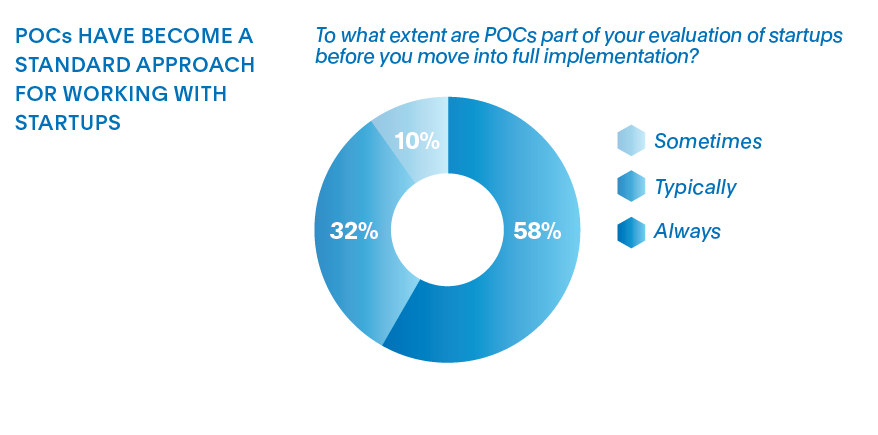
Finally, be sure to identify what your key performance indicators will be, such as the ratio of pipeline opportunities to active POCs, their average length, the conversion rate, and the annual contract value of POCs that you convert. These indicators will help track and refine your process over time.
2. Zero In On Your Value
A POC serves a very different purpose from a demo and should be structured around showing how your product addresses a specific problem.
A demo is open-ended and showcases your product’s features, capabilities, and performance, while a POC should demonstrate how you can tailor your solution to deliver value for that specific customer in their unique environment.
Emerging technology vendors should clearly outline upfront what value their customers should achieve upon completion of their POC. Focusing on value will align you with the customer’s business goals from the start and help rationalize their investment. You have to demonstrate the value of your product early on, but you don’t want to overpromise.
To avoid getting ahead of yourself, make sure you focus the solution on a specific piece of your customer’s value chain where you have a strong chance of winning them over. Trying to solve all of the customer’s problems will lead to POCs running over schedule and over budget and will most likely not result in a desirable outcome.
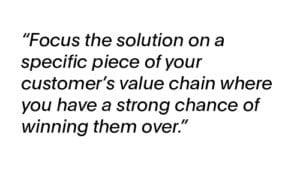
As Eric Tan, VP of Business Services and IT at Coupa, eloquently said at our annual GTM Summit for emerging technology companies, “Aim small, miss small. Pick an area or a problem that you are trying to solve that is very, very specific. Don’t try to solve the large problem or critical areas . . . because chances are we’re not going to buy [that grander vision].”
For example, Eric said, if you are going to solve the entire single sign-on (SSO) authentication business, chances are he won’t buy-in because he already uses an identity and access management platform. So, you have to identify a very specific use case for your solution — perhaps one that aims to solve employee off-boarding because it’s something that complements what the customer may already have.
3. Keep It Short
As we mentioned earlier, POCs require significant time and resources. To create a more efficient POC process, agree to a clear deadline with your customer, and implement a system to make sure you stay on track to your commitments — on both sides.
After all, a POC that runs for a long time can undermine many of the perceived advantages that customers have of emerging technology vendors. Relative to larger, more established companies, startups are expected to provide customers with ease of use and fast time to value. 55% of startup customers cited a faster pace of product delivery as one of the greatest values to their organization when working with startups.
How long is too long? Most of our surveyed enterprises said 60% of their POCs run longer than three months. That number is concerning, because the CIO Innovation Index research also showed that POCs that last less than three months are 3 times more likely to result in successful commercial implementation. They don’t drain as many resources, and teams are able to quickly show how their product or service would drive business results for their customer. Shorter POCs helps to maintain sales momentum and results in better commercial conversion rates.
As Trevor Schulze, SVP and Global CIO of RingCentral said at Sapphire’s recent Revenue Roundtable, “Speed is everything we want to move fast. I need to show my business partners and board fast time to market on IT projects.”
4. Get Some Skin in the Game
Running a POC requires significant resources, so to get the most out of your POC, consider requesting a similar financial commitment from your prospective customer.
While it may seem bold to ask for a financial commitment before actually making a sale, if a customer agrees, the financial aspect can signify genuine intent and help focus your customer’s time and energy on the project for a greater chance of success.
You can also ask for other, non-financial investments from the customer during a POC, such as executive sponsorship who have the ability advocate internally on your behalf. This top-down buy-in can help move the POC to completion, and hopefully eventually into full production.
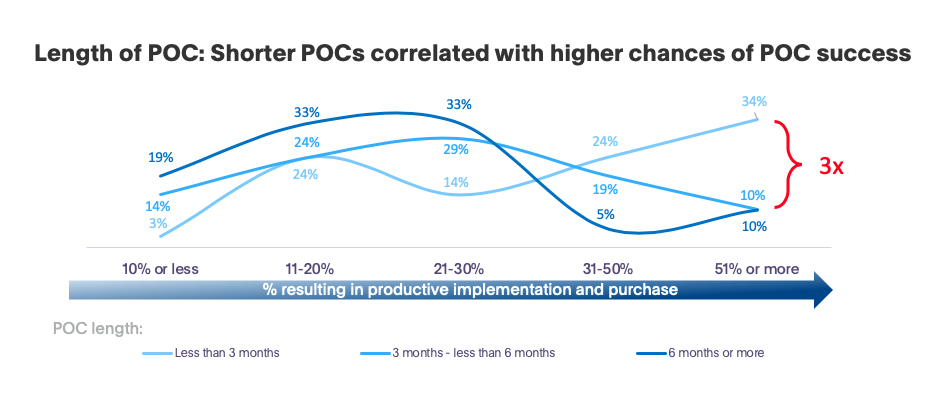
“I actually like the idea of paying for a POC, as the buyer, because it will help me leverage my [team] to actually focus their time and energy on getting it done,” said Mark Settle, Okta’s former CIO at Sapphire’s 2018 GTM Summit. “If it’s just a free exercise, every other distraction in the world will come along, and people will just say, ‘Yeah, can we put that off for two more weeks?’”
On the flip side, be wary of innovation or digital teams within enterprises that have budgets to run POCs but have no authority or executive visibility to put your solution in production. This can be a red herring for your sales team.
If the customer is wavering, you can offer to take the POC cost off of the commercial agreement. Many IT departments within large enterprises even have budgets specifically set up for POCs. At Coupa, for example, the team sets up an experimentation budget every year so that they can run POCs to identify new technologies.
5. Set Clear Expectations, and Document Them
Once you have a financial commitment and sponsorship, it’s best to clearly document what a successful POC will look like with your customer.
Jointly identify the deliverables, the business objectives you will support, and the ways, exactly, you will add value and be measured. Taking the time to identify these expectations upfront will not only make sure everyone is on the same page, but it helps to make sure you have buy-in to the overall process.
Another benefit of outlining these expectations before you start deployment is that it provides a common reference metrics during the POC—they’ll be the basis for regular check-ins with your executive sponsors.
With a clearly documented POC at hand, your team can build a solid business case that executive sponsors can use to rationalize the move to a production environment.
Advantages of a Successful POC
A successfully executed POC can be your golden ticket to landing a large, complex enterprise customer.
You’ll create internal product advocates and loyalists—users who start using your product and will put up a fight if it isn’t put into production. They also are a path to executive buy-in, where leaders are confident that they know what to expect and exactly what business issues you’re going to help them solve.
With an affinity for your product among its technical users, and value alignment among your executive buyers, you set yourself up for long-term success.
We would love to hear your thoughts and feedback in the comments or on Twitter @RicoMallozzi.
